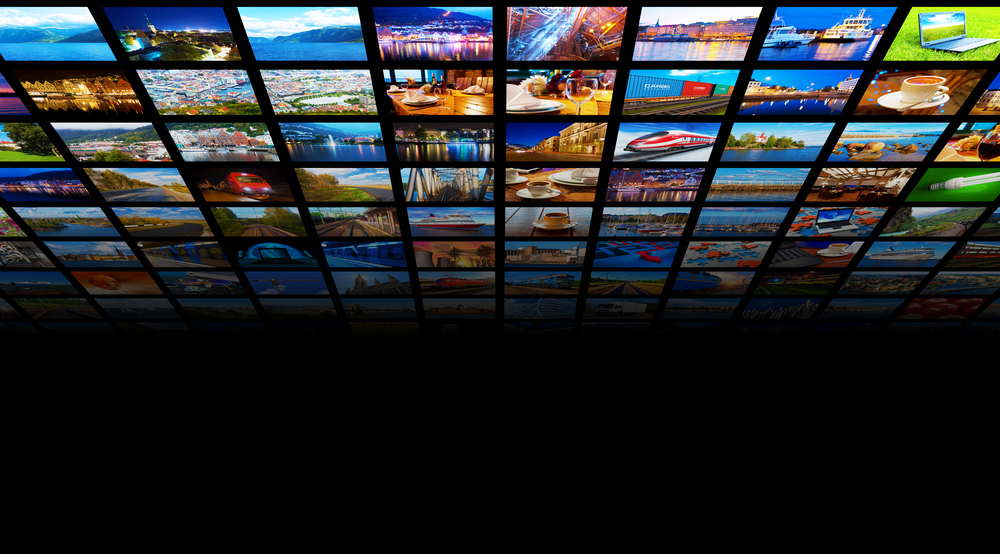
Chris Johanesen is vp of product for Buzzfeed
“Slideshow” has become a dirty word on the Web, and with good reason. Here’s why Buzzfeed will never have slideshows and what that means in the media industry.
Before Buzzfeed was a media company, we were a tech startup, and technology still runs in our veins. When we launched in 2006, we weren’t focused on monetization. We were concerned with making a site people would want to visit and articles people would want to share.
This second part, sharing, is key, because people will only share something they like. The more barriers you throw at them — interstitials, “next” buttons — the less likely they are to share. People hate slideshows. They mimic the experience of going to a friend’s house and being forced to look at the friend’s vacation photos on a slide projector.
Readers just want their content. They want it presented simply and without it being broken up into small, artificial chunks. They love the photos and information in slideshows, but the incessant clicking that is required to get to the end and the annoying ads that pop up in the middle all make for a bad user experience — and lessen the likelihood they will share it. They want to be able to share a link and for it to be clear whether they’re sharing the whole set of images or just one single image. That means no slideshows, no pagination.
Despite all this, people still use slideshows. They have to. Before the social Web, publishers built platforms with banner ads. Slideshows result in a ton of pageviews, which increases banner ad impressions, which, in turn, makes advertisers feel like they got more eyeballs than they really did. Publishers that want to ban these annoying slideshows are trapped. Their pageviews would plummet if they did, and when your business model is built around banner ads, that’s real money. But when your business is focused on sharing and providing a native content platform for brands, you don’t want juiced pageviews. You want happy readers, because happy readers share.
Most importantly, optimizing for sharing allows us to be honest with our readers. Our product design team has three goals for our article pages that are all focused on making your experience as a Buzzfeed reader better: to present the content in the best way possible for readers, to give readers easy options to share or respond if they want to, and to offer readers other stories they might want to read when they are done.
You can trick someone into loading many pages when they don’t want to. You can trick them into clicking through to your page from search results. But you can’t trick someone into sharing a story with their friends.
Publishers, ban slideshows.
Image via Shutterstock
More in Media

YouTube is under fire again, this time over child protection
Adalytics Research asks, ‘Are YouTube advertisers inadvertently harvesting data from millions of children?’

Media Briefing: Publishers pump up per-subscriber revenue amid ad revenue declines
Publishers’ Q2 earnings reveal digital advertising is still in a tight spot, but digital subscriptions are picking up steam.

Lessons for AI from the ad-tech era: ‘We’re living in a memory-less world’
Experts reflect how the failures of social media and online advertising can help the industry improve the next era of innovation.
Ad position: web_bfu